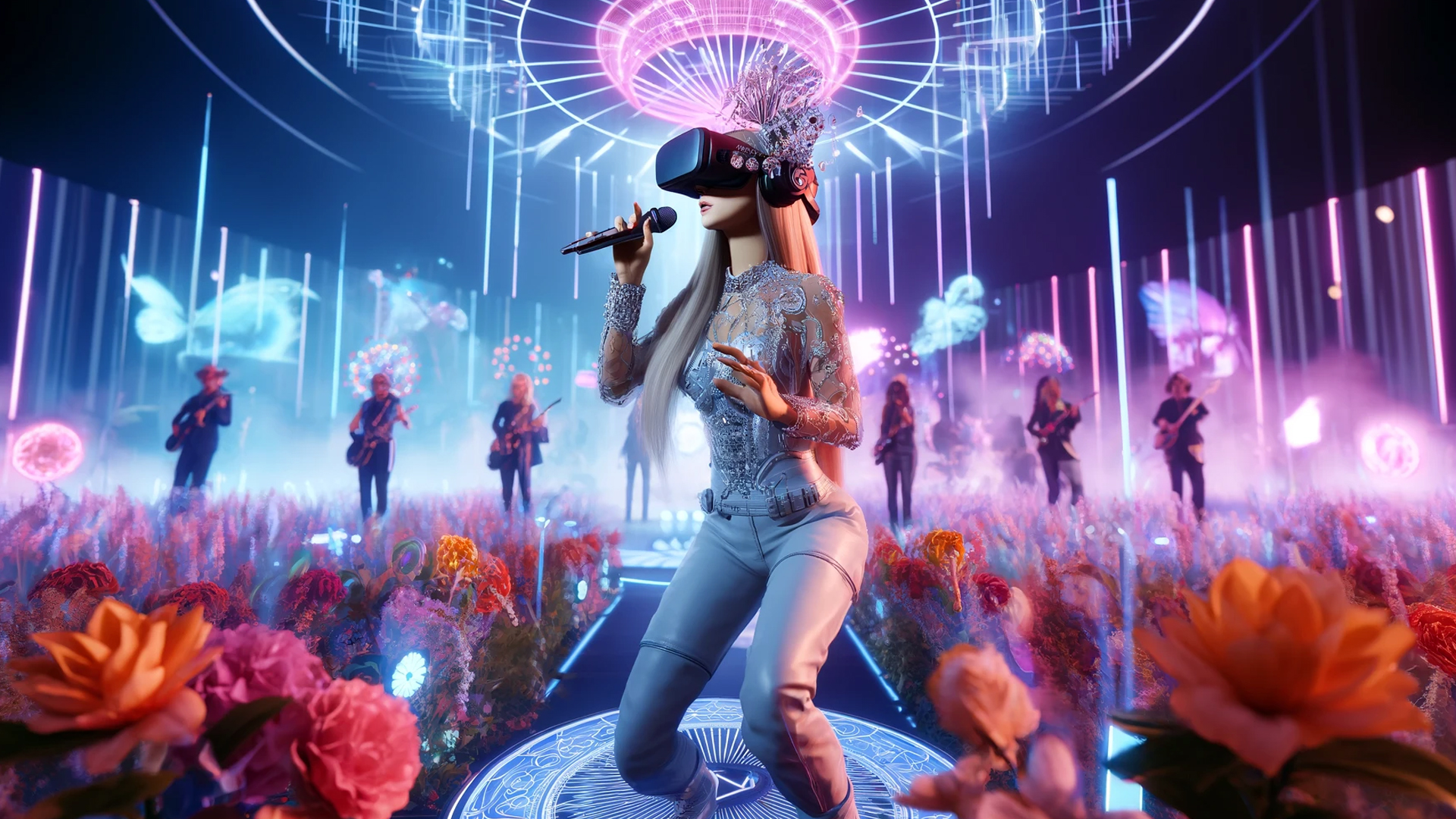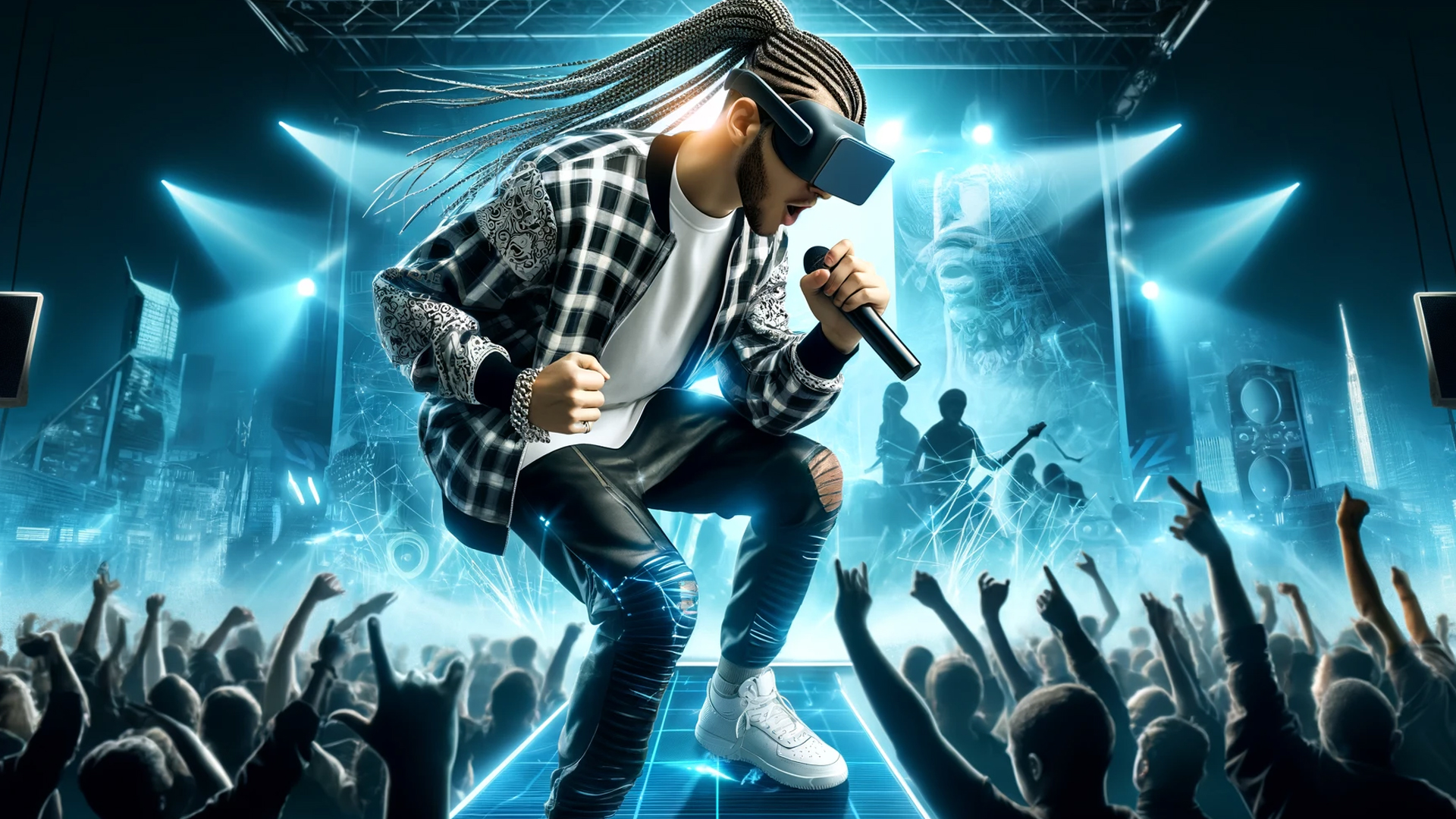Imagine attending a concert by your favorite artist from the comfort of your own living room, yet feeling like you’re right in the front row with thousands of other fans. This is not a distant dream but a current reality thanks to Virtual Reality (VR) concerts. VR technology is transforming the music industry by providing immersive live music experiences that anyone can enjoy, regardless of their physical location. In this article, we’ll explore what VR concerts are, how they work, and why they’re becoming a popular trend in the entertainment world.

What Are Virtual Reality Concerts?
Virtual Reality concerts are live music performances that are streamed in real-time using VR technology. They allow attendees to experience a concert in a three-dimensional virtual environment where the performance is not just watched, but experienced. Users wear VR headsets to be transported into virtual venues, ranging from realistic recreations of famous concert halls to entirely fantastical settings that could only exist in the digital realm.

How Do VR Concerts Work?
- The Setup: Artists perform live in a studio or on a stage, surrounded by cameras that capture the performance from multiple angles. Advanced audio equipment records the live sound, ensuring high-quality acoustics are integrated into the VR experience.
- The Transmission: The audiovisual feed is then streamed live to viewers who can watch through VR headsets. The technology syncs the visuals and sounds in real-time, creating an immersive concert experience.
- The Interaction: Unlike traditional streaming services, VR concerts offer interactive features. Attendees can choose different viewing angles, interact with other fans through avatars, and even affect the virtual environment with their reactions, like applause or cheers, which can be seen and heard in the virtual world.

Benefits of Virtual Reality Concerts
- Accessibility: VR concerts make live performances accessible to a global audience, including those who cannot travel to physical venues due to geographical, financial, or health-related barriers.
- Innovative Venues: Artists and event organizers can craft unique, imaginative stages that push the limits of creativity, providing fans with experiences that are not possible in the physical world.
- Personalization: Fans can personalize their experience by selecting viewpoints, interacting with the environment, or even participating in meet-and-greets with artists in the VR space.
- Environmentally Friendly: With no need for physical travel, VR concerts significantly reduce the carbon footprint associated with attending live events.

Challenges and Considerations
While VR concerts offer many advantages, there are also challenges to consider:
- Technology Requirements: To enjoy a VR concert, fans need access to VR headsets, which may not be affordable for everyone.
- Internet Connectivity: A stable and high-speed internet connection is required to stream high-quality VR content without lags or interruptions.
- Health and Comfort: Prolonged use of VR headsets can cause discomfort or motion sickness for some users. Adjustments in headset design and user interface continue to evolve to address these issues.
Virtual Reality concerts are quickly becoming a new standard in the entertainment industry, offering fans an innovative way to experience live music. As technology continues to advance, VR concerts are likely to become even more immersive and interactive, solidifying their place as a staple of modern entertainment. Whether you’re a music lover or an artist, the world of VR concerts promises a future where live music is more accessible, engaging, and environmentally sustainable than ever before.

